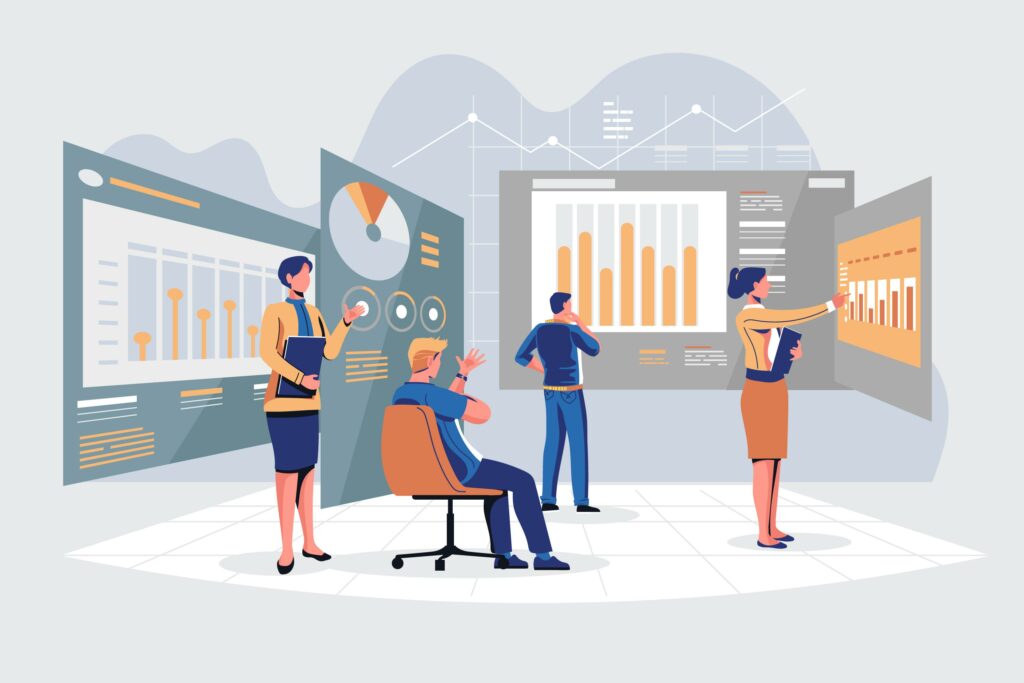"In order to build a rewarding employee experience, you need to understand what matters most to your people"
-Julie Bevacqua Tweet
When organizations begin to realize the importance of this fundamental need of every employee in their workforce, they tend to succeed faster than others. In this era of extreme competition, one of the strategies to be a successful organization is to attract potential candidates for any particular post and retain the key employees to have a better and highly motivated workforce.
So what actually is the requirement of an organization and managers to attract, retain and motivate a talented workforce? Now a days, In any industry whether small or big, human resource management not just play its traditional role as such but it has expanded its dimensions to assess its employees’ performance and manage it with a new system which has evolved due to new developments in the field of HRM known as Performance Management Software (PMS).
It elaborates how the organization aligns the performance management system with the organizational system and articulates the company business objectives to the individual goals.

Performance management Systems are not new, and researchers have found reference to performance management during the third century A.D. in China, which has been confirmed by Furnham (2004). He further indicates that in both America and Britain in the eighteenth and nineteenth centuries there was already evidence of early forms of performance management, whilst most Western armies did performance management in the last century.
Literature further indicates that performance management during the industrial revolution was simple and crude. According to Furnham (2004) two thirds of big companies had performance appraisal systems during the 1950s in America and the same happened in the 1960s in Europe.

Historically, the concept of performance management was limited only to determine the wages and salaries of their employees. Organizations traditionally used performance management to shape the behaviors of employees so that specific outcomes can be achieved. However, such a rewards-driven approach to performance management is not sustainable for most of the organizations. Moreover, traditional organizations have also started becoming knowledge intensive for technology-intensive manufacturing processes.
At this point of time the organizational performance became a major challenge for achieving productivity and it became necessary to think in the direction of optimum utilization of human resources. In recent decades, however, the process of managing people has become more formalized and specialized. Many of the old performance appraisal methods have been absorbed into the concept of Performance Management is considered to be a comprehensive process of management. Performance Management developments in recent years are talent management, management by objectives and continuous monitoring and review. Its development was accelerated by the various factors.

Before we discuss the benefits of adopting a more modern, iterative approach to performance management, it’s worth taking a moment to look at some of the key problems with the traditional methodology. There’s a certain irony to the fact that traditional performance management practises can actually harm the very performance they’re trying to quantify. Here are some of the most common problems with what is sometimes referred to as the ‘rank and yank’ approach to performance management, so named for its focus on rating employees and removing- or punishing – those who are underperforming.
As we’ve seen, the primary focus of traditional performance management centres on rating employee performance across teams and departments. It’s rather like a giant examination that lasts the whole year, with the results impacting pay reviews and promotion conversations.
The problem is, there’s no surer way to damage employee morale than to pit colleagues against one another in an ‘every man for themselves’ dash to achieve the best rating. Teamwork and employee engagement inevitably suffer.
Traditional performance management can be effective in identifying both strong and weak performance in the long term. The problem is, it does very little (if anything at all) to either encourage or address these behaviours. At the same time, employees who perform reasonably well but are not considered ‘top performers’ are often disappointed and demotivated to receive an average rating every year.
Without timely feedback, problem behaviours that might have been remedied with targeted coaching are likely to proceed unchecked, which is damaging to both the employee and the organisation.
The modern workplace is a fast-paced, dynamic environment where things can change very quickly. But traditional performance management practises are not built to absorb short-term variation.
As a result, objectives set twelve months ago are often irrelevant by the time the yearly appraisal meeting rolls around, and justifying a given ‘rating’ can be next to impossible against targets that have been rendered obsolete.




























